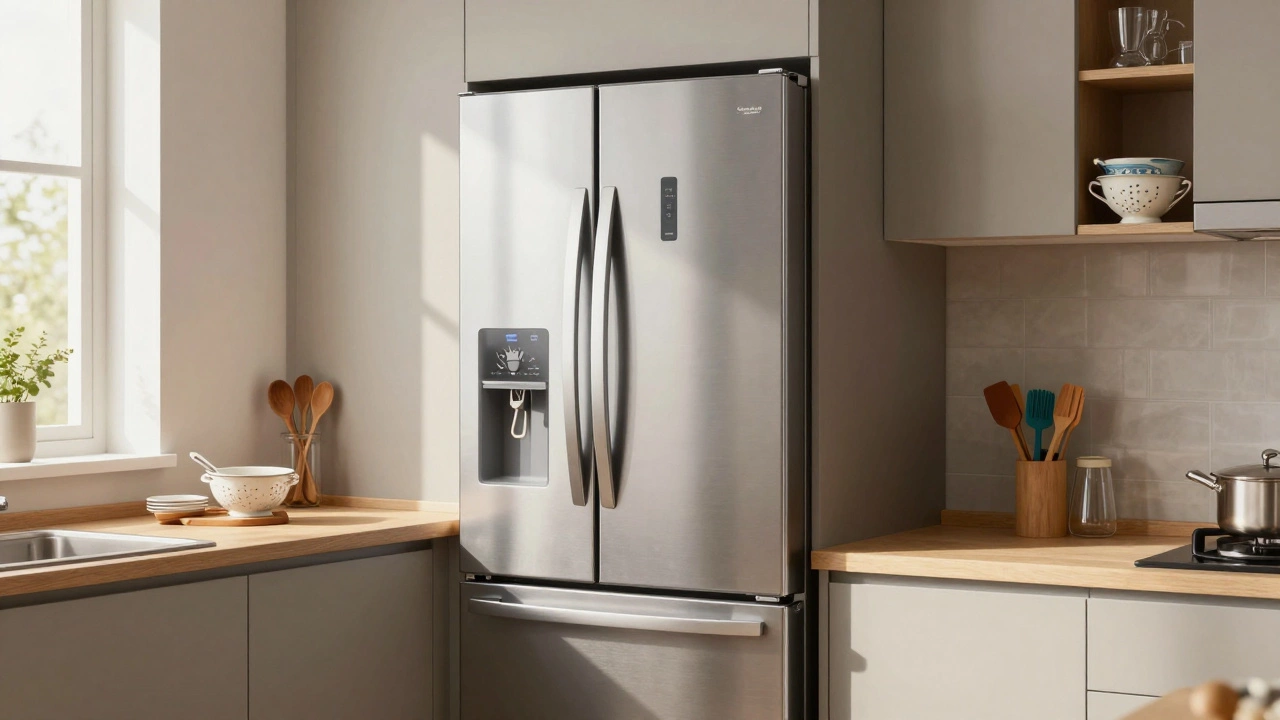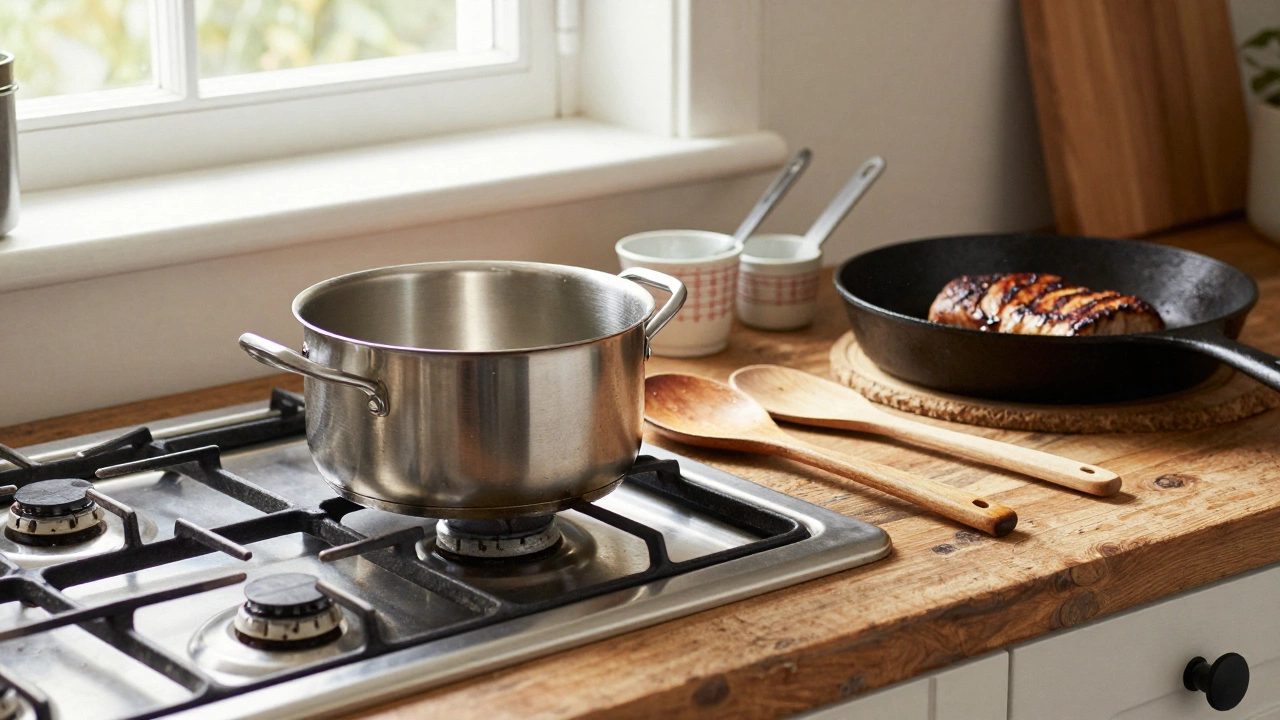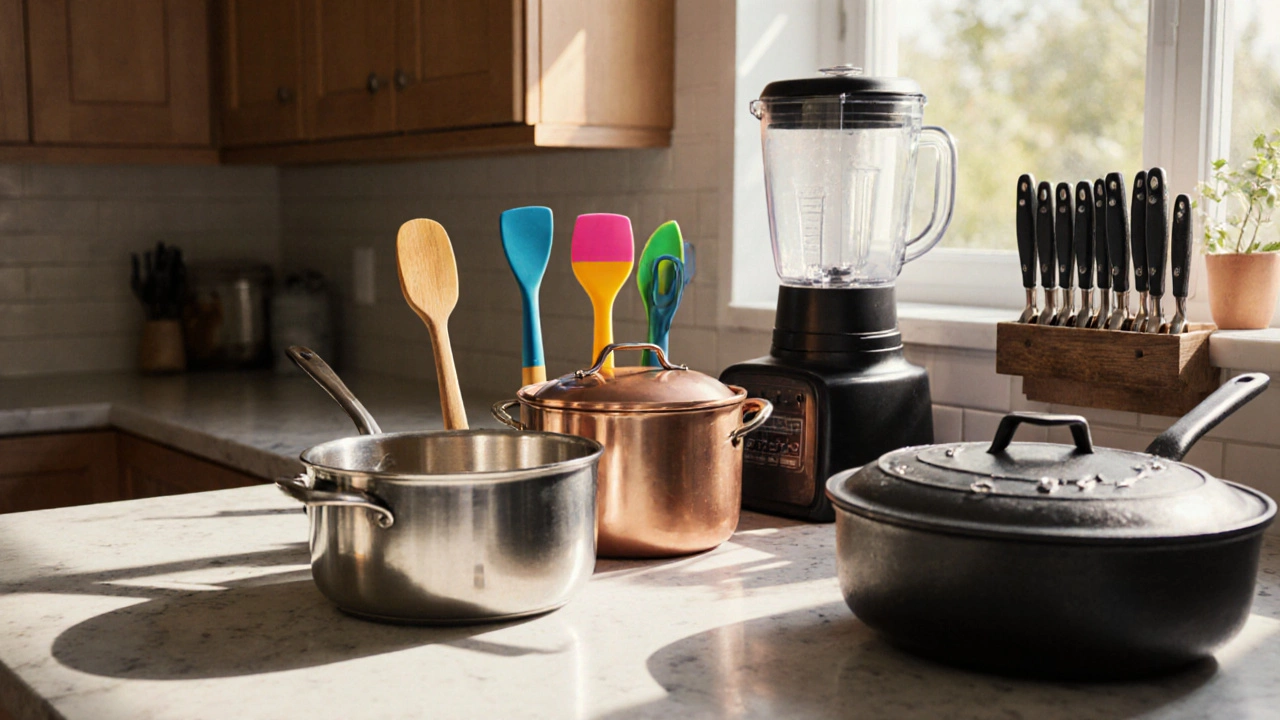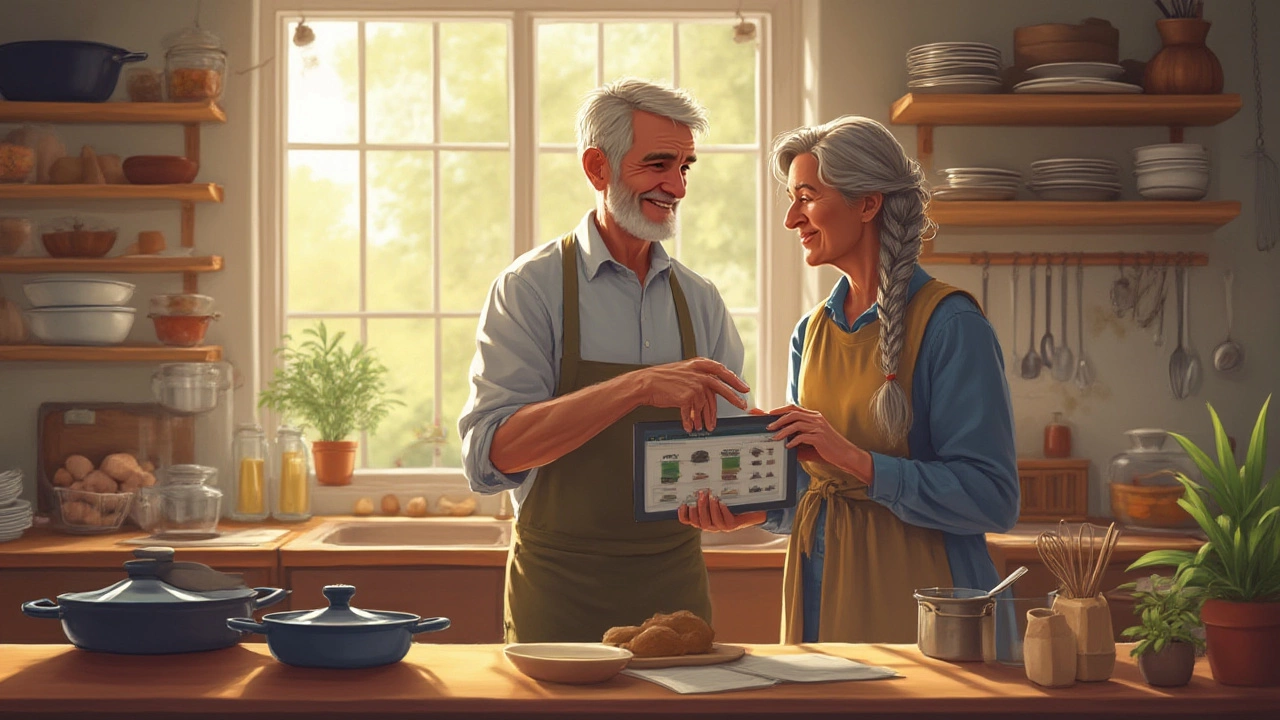Cookware Essentials for an Eco‑Friendly Kitchen
When you’re trying to cut waste and keep your food safe, the right cookware matters a lot. At Eco Harmony Home we’ve gathered the basics you need to cook without chemicals, spend less money in the long run, and still enjoy great results.
Why Choose Eco‑Friendly Cookware?
Traditional non‑stick pans often rely on chemicals that can leach into food when they get hot. Switching to ceramic, stainless steel, or cast iron removes that risk. Those materials also last longer, so you’ll replace fewer pieces over time. Less replacement means fewer boxes in the landfill and a smaller carbon footprint.
Another win is energy efficiency. Heavy‑bottomed pans spread heat evenly, so you can cook on lower burner settings. Lower heat saves electricity or gas, and it protects your food from burning. In practice, you’ll notice a smoother cooking experience and a drop in your utility bills.
Top Picks for Sustainable Cookware
Ceramic coated pots and pans are perfect for beginners. They’re naturally non‑stick, free of PTFE and PFOA, and easy to clean. Look for a reputable brand that guarantees the coating for at least three years – that way you won’t have to replace them quickly.
Stainless steel offers durability and a clean, modern look. A 3‑layer stainless set distributes heat without hot spots, making it great for sauces and searing meat. It’s dishwasher safe and can handle a high temperature, so you won’t worry about warping.
Cast iron is the heavyweight champion of eco‑cooking. A well‑seasoned skillet improves with each use, creating a natural non‑stick surface. It can go from stovetop to oven, making it versatile for everything from stir‑fry to baking cornbread. Just remember to keep it dry and lightly oiled to prevent rust.
Glass lids and baking dishes give you a clear view of what’s cooking without needing to lift the lid. Borosilicate glass resists thermal shock, so you can move from oven to table safely. It’s also free from the chemicals found in some plastic lids.
When you shop, check the product description for certifications like “GOTS” for organic textiles or “NSF” for food‑safe materials. Those labels guarantee the item meets strict environmental and health standards.
Finally, think about how you’ll store your cookware. Using a simple rack or hanging hooks protects the pieces from scratches and saves cabinet space. A tidy kitchen encourages you to cook more, which means you’ll get the most out of your eco‑friendly tools.
Switching to sustainable cookware doesn’t have to be a massive overhaul. Start with one or two items that fit your cooking style, and add more as you get comfortable. Over time you’ll build a collection that’s safe for your family, gentle on the planet, and built to last.
-

Is a Refrigerator Considered Kitchenware?
A refrigerator is essential in the kitchen but isn't classified as kitchenware. Learn why it's considered a major appliance instead, and how to tell the difference between kitchen tools and large appliances.
-

What Is Kitchenware? A Simple Guide to Everyday Cooking Tools
Kitchenware includes all the tools you use to cook and prepare food - pots, pans, knives, utensils, and small appliances. Learn what counts as kitchenware, what doesn't, and how to build a practical set without overspending.
-

What Does Kitchenware Mean? Definition, Types & Buying Tips
Learn what kitchenware really means, its main categories, materials, history, buying guide and care tips in a clear, practical guide.
-

What Category is Kitchenware? Unlocking the Essentials in Your Home
Discover which category kitchenware belongs to, why it matters, and how to make smart choices when shopping for kitchen essentials. Real tips, zero fluff.
-

Essential Cooking Utensils: A Guide to Kitchen Tools
Cooking utensils are fundamental tools in any kitchen, serving various functions to aid in food preparation, cooking, and serving. From basic items like spoons and spatulas to specialized gadgets like garlic presses, each tool has its unique role. Understanding the different types of cooking utensils and their uses can enhance your cooking experience. This guide will explore common utensils, their purposes, and how to choose the right ones for your kitchen.
